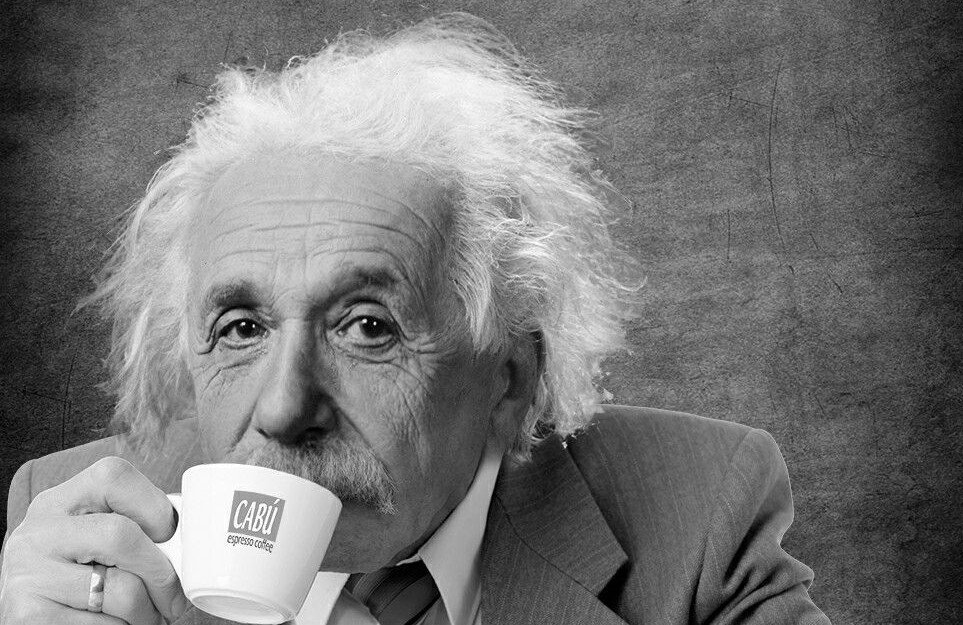Math Helps You Brew A Better Cup Of Espresso, Here Is How
Aadhya Khatri - Feb 21, 2020

Mathematicians said that using fewer coffee beans and ground them roughly would give you more consistent quality from cup to cup, and the same strength
- A Math Formula Tells Us How Long Everything Will Live
- Shakuntala Devi Awarded Guinness World Records’ Fastest Human Computation Certificate After 40 Years
- This Magical Number Will Help You Find A Parking Space, The Perfect Apartment, And Even A Suitable Spouse
When mathematicians, material scientists, and physicists work together on something, you know how serious the endeavor can get. And this time, the subject of experimenting is coffee.
According to experts from Switzerland, the US, Ireland, the UK, and Australia, all we know about espresso might be wrong. They said that using fewer coffee beans and ground them roughly would give you more consistent quality from cup to cup, as well as the same strength.

As most of us believe, the fine grind has a more exposed surface area to the hot water, thus increase the extraction yield.
That is not exactly accurate as pointed out by a model developed by some mathematicians. They take into consideration the factors that the barista can control, including coarseness and fineness of the grounds, and water pressure. According to the model, things are more complex than we thought.
Fine grinding can clog the coffee bed, which in turn, reduces extraction yield and waste the raw material.
The extraction yield relies heavily on the way water flows through the coffee groundmass. However, if the mass consists of millions of grains of different sizes and shapes, users might need more computing power than Google has to solve the problem of extracting the most out of a coffee bed.
It was not until the scientists and mathematicians turned to electrochemistry that they found an answer. After that, they succeeded in creating a coffee extraction mode that can help us reduce wastage and enhance reproducibility
The mathematicians believe that their models can help people brew a better cup of coffee without wasting too much of the raw material. However, they also said that they did not want to take creativity from coffee making.
Featured Stories

Features - Jul 01, 2025
What Are The Fastest Passenger Vehicles Ever Created?

Features - Jun 25, 2025
Japan Hydrogen Breakthrough: Scientists Crack the Clean Energy Code with...

ICT News - Jun 25, 2025
AI Intimidation Tactics: CEOs Turn Flawed Technology Into Employee Fear Machine

Review - Jun 25, 2025
Windows 11 Problems: Is Microsoft's "Best" OS Actually Getting Worse?

Features - Jun 22, 2025
Telegram Founder Pavel Durov Plans to Split $14 Billion Fortune Among 106 Children

ICT News - Jun 22, 2025
Neuralink Telepathy Chip Enables Quadriplegic Rob Greiner to Control Games with...

Features - Jun 21, 2025
This Over $100 Bottle Has Nothing But Fresh Air Inside

Features - Jun 18, 2025
Best Mobile VPN Apps for Gaming 2025: Complete Guide

Features - Jun 18, 2025
A Math Formula Tells Us How Long Everything Will Live

Features - Jun 16, 2025
Comments
Sort by Newest | Popular